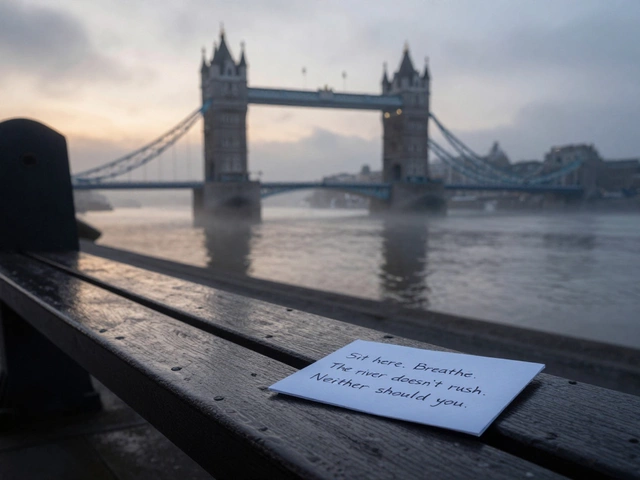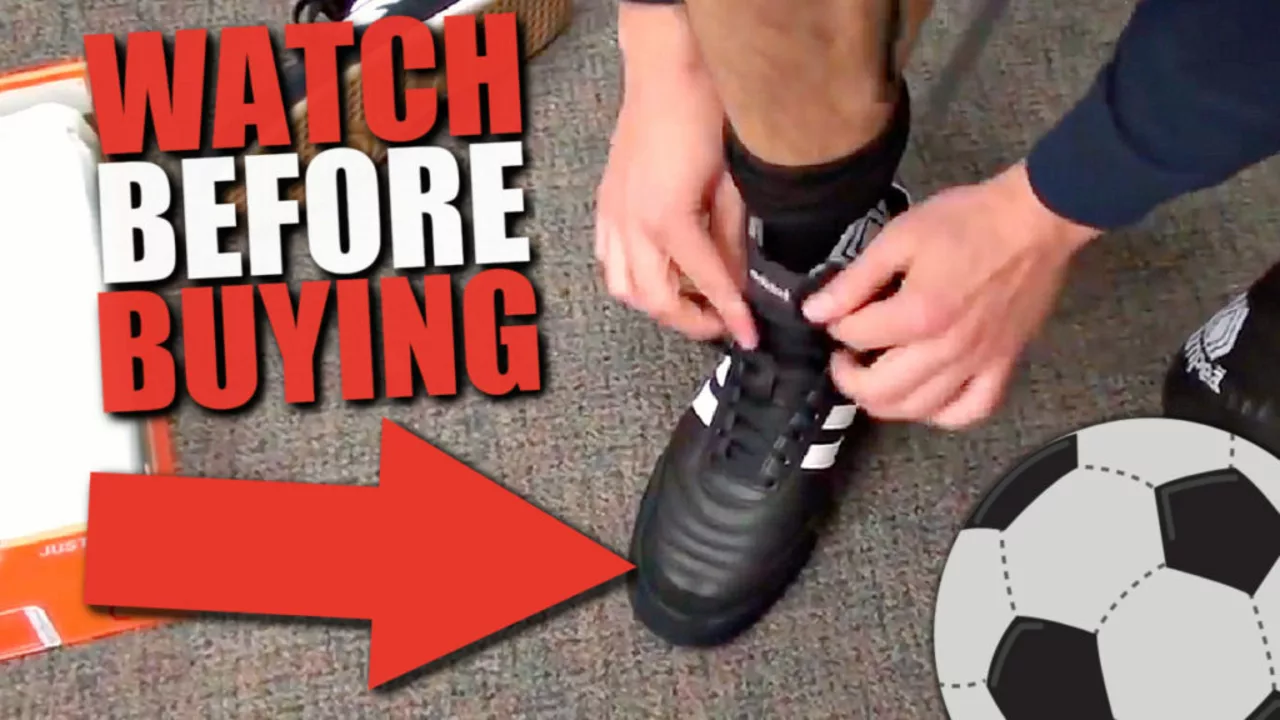Sports Equipment – Your Ultimate Soccer Gear Hub
When talking about Sports Equipment, the gear and accessories that let players train, compete, and enjoy the game. Also known as sports gear, it covers everything from footwear to protective gear, helping you perform at your best.
One of the first things any player thinks about is soccer cleats, footwear designed with studs to provide traction on grass or turf. The right pair fits like a glove and wraps around the foot, supporting the arch, heel, and toes. Proper fit is crucial because it influences balance, speed, and injury risk. A snug heel stays in place, while a slightly roomy toe box lets the toes splay naturally. This connection between fit and performance is why our guide on "How should soccer cleats fit?" is a must‑read for anyone serious about the game.
Protective Essentials for Every Match
Beyond shoes, shin guards, hard‑shell or foam protectors worn under the socks to shield the shins are non‑negotiable. They create a barrier that reduces bruises from tackles and accidental kicks. Selecting guards that fit comfortably and stay in place is a small step that makes a huge difference on the field. In other words, proper shin protection prevents many common injuries and lets you focus on playing.
Another staple is the soccer ball, the spherical object made of leather or synthetic panels used for kicking, passing, and scoring. Ball choice affects control, flight, and bounce. Training with a size‑appropriate ball improves touch and accuracy, while match‑play balls meet official standards for weight and pressure. Knowing which ball suits your level helps you develop better technique faster.
Training tools like cones, agility ladders, and rebound nets round out the equipment set. Cones define drills and improve change‑of‑direction speed. An agility ladder boosts footwork, and a rebound net lets you practice shooting without a teammate. These accessories enhance skill development and keep sessions varied, ensuring steady progress.
All this gear ties together through a common thread: each piece supports a specific aspect of performance, from traction to protection to skill refinement. Understanding how they interrelate helps you build a balanced kit that meets both training and match demands.
Below, you’ll find a curated collection of articles that dive deeper into each item. Whether you’re sharpening your cleat fit, picking the right shin guards, or learning how to choose a ball that matches your style, the posts below give actionable advice you can use right away.
- By Colton Westwood
- /
- 31 Mar 2023
How should soccer cleats fit?
Soccer cleats should fit snugly, not too tight and not too loose. The cleats should fit like a glove and wrap around the entire foot, supporting the arch, heel and toes. The heel should fit snugly and not slide up and down, while the toe area should be slightly roomy to allow for natural toe splay. The lacing should be tightened to the point of snugness without restricting circulation or movement. Finally, the cleats should be comfortable to wear for long periods of time, as soccer games can last for up to 90 minutes.



